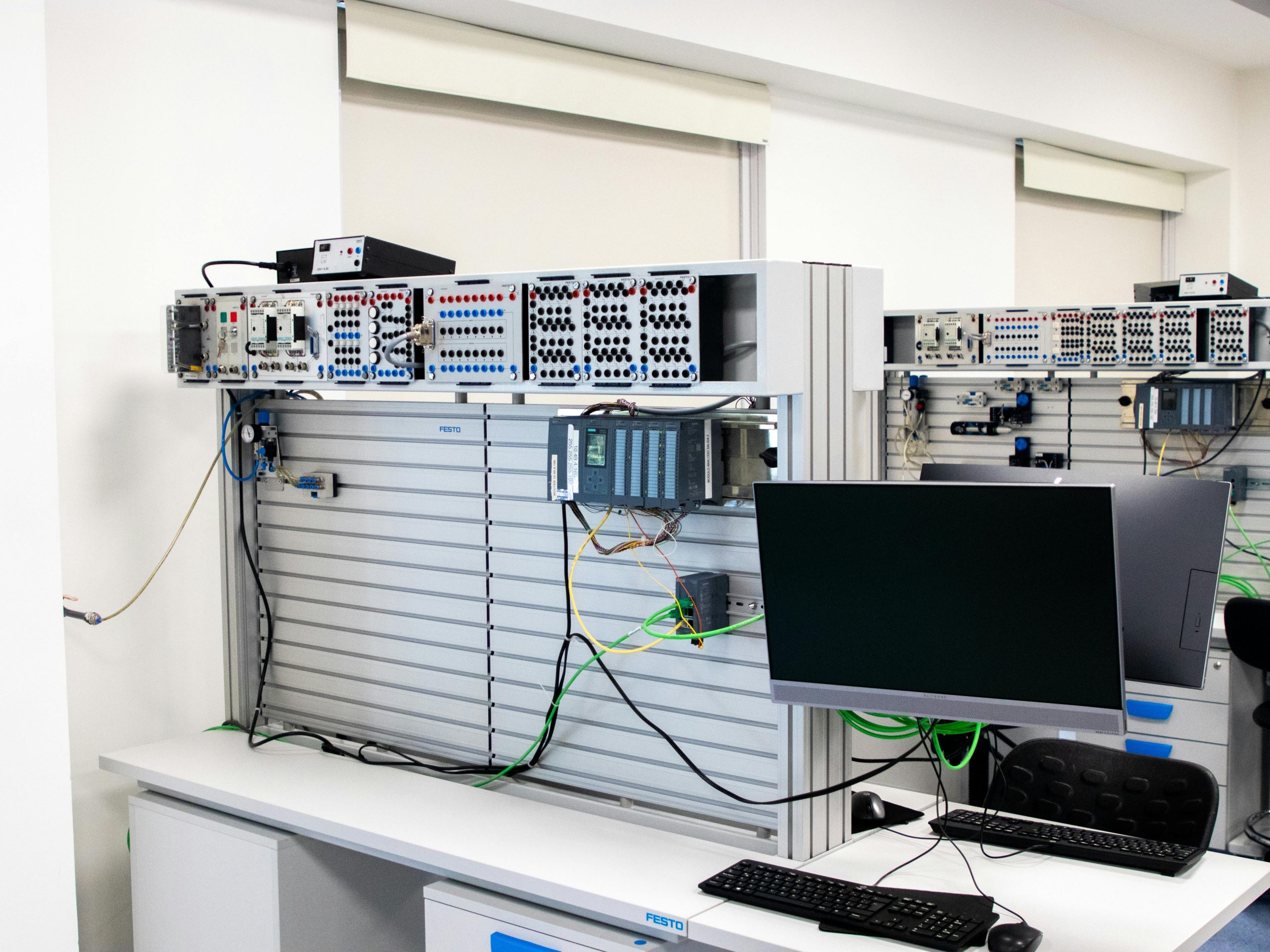A database server is a critical component in modern software applications, providing a centralized location for storing, organizing, and managing data.
With the rise of big data and the Internet of Things (IoT), database servers have become increasingly essential in ensuring that information is accessible, secure, and reliable.
In this blog, we’ll explore what a database server is, how it works, and its importance in today’s digital landscape.
What is a Database Server?
A database server is a computer program that provides database services to other computer programs or computers.
It is a dedicated server that manages the storage, organization, and retrieval of data from multiple users or applications.
Database servers typically run on specialized hardware and software designed to handle large volumes of data and support multiple concurrent users.
How Does a Database Server Work?
A database server works by managing and processing data requests from client applications.
When a client application sends a request for data to the database server, the server receives the request and processes it by retrieving the requested data from its storage system.
The database server then sends the data back to the client application in a format that the application can understand.
The data in a database server is organized into tables, which are collections of related data items.
Each table consists of rows and columns, where each row represents a single record and each column represents a specific data element.
The database server uses a query language such as SQL (Structured Query Language) to retrieve, manipulate, and manage data in the tables.
The Importance of Database Servers
Database servers play a critical role in modern software applications, providing a centralized location for storing and managing data.
Here are some of the key reasons why database servers are important:
-
Scalability
Database servers are designed to handle large volumes of data and support multiple concurrent users. This makes them highly scalable, allowing organizations to easily expand their data storage and processing capabilities as their needs grow.
-
Data Integrity and Security
Database servers provide a secure and reliable environment for storing and managing data. They ensure that data is stored in a consistent and organized manner, and they provide mechanisms for protecting data against unauthorized access, corruption, and loss.
-
Data Accessibility
Database servers make data easily accessible to authorized users and applications. They provide a common interface for accessing data from multiple locations, making it easier for organizations to share data and collaborate with others.
-
Application Integration
Database servers provide a platform for integrating data with other applications and systems.
This allows organizations to leverage data from different sources and use it to inform decision-making, improve operations, and drive innovation.
Types of Database Servers
There are several different types of database servers, each with its own strengths and weaknesses.
Here are some of the most common types:
-
Relational Database Server
Relational database servers are the most common type of database server, used for storing structured data in tables with predefined relationships between them.
They use SQL as their query language and are designed to provide high levels of data integrity, security, and scalability.
-
NoSQL Database Server
NoSQL database servers are designed for storing unstructured or semi-structured data, such as social media posts, emails, or sensor data.
They do not use a traditional relational model and often use different query languages, such as MongoDB’s query language or Cassandra’s CQL.
-
Cloud Database Server
Cloud database servers are hosted on cloud platforms, such as Amazon Web Services (AWS) or Microsoft Azure.
They provide a scalable and cost-effective way to store and manage data, with features such as automated backups, disaster recovery, and easy integration with other cloud services.
Conclusion
Database servers are essential components in modern software applications, providing a secure and reliable way to store and manage data.
They are highly scalable, ensuring that organizations can easily expand their data storage and processing capabilities as their needs grow.
